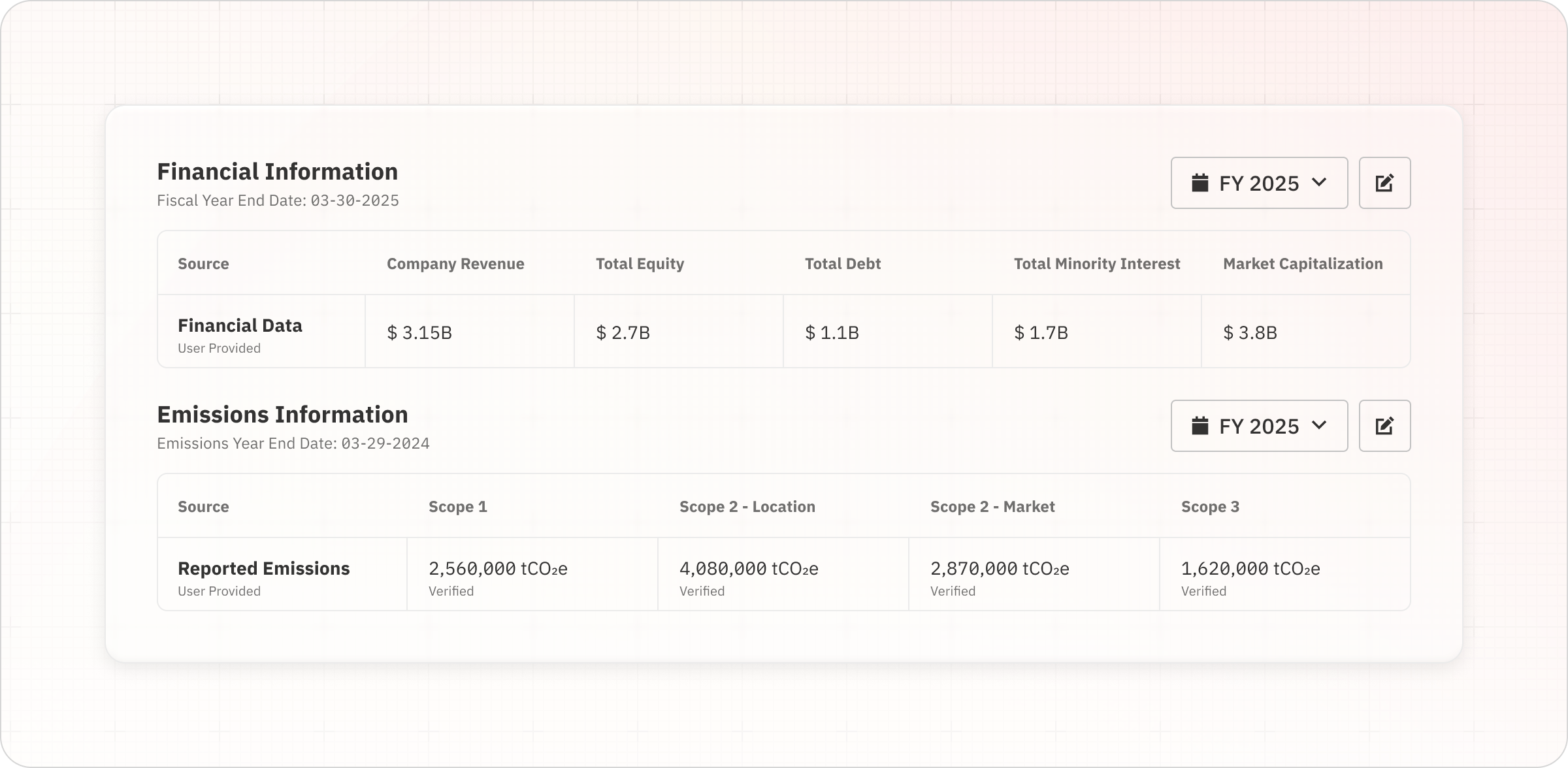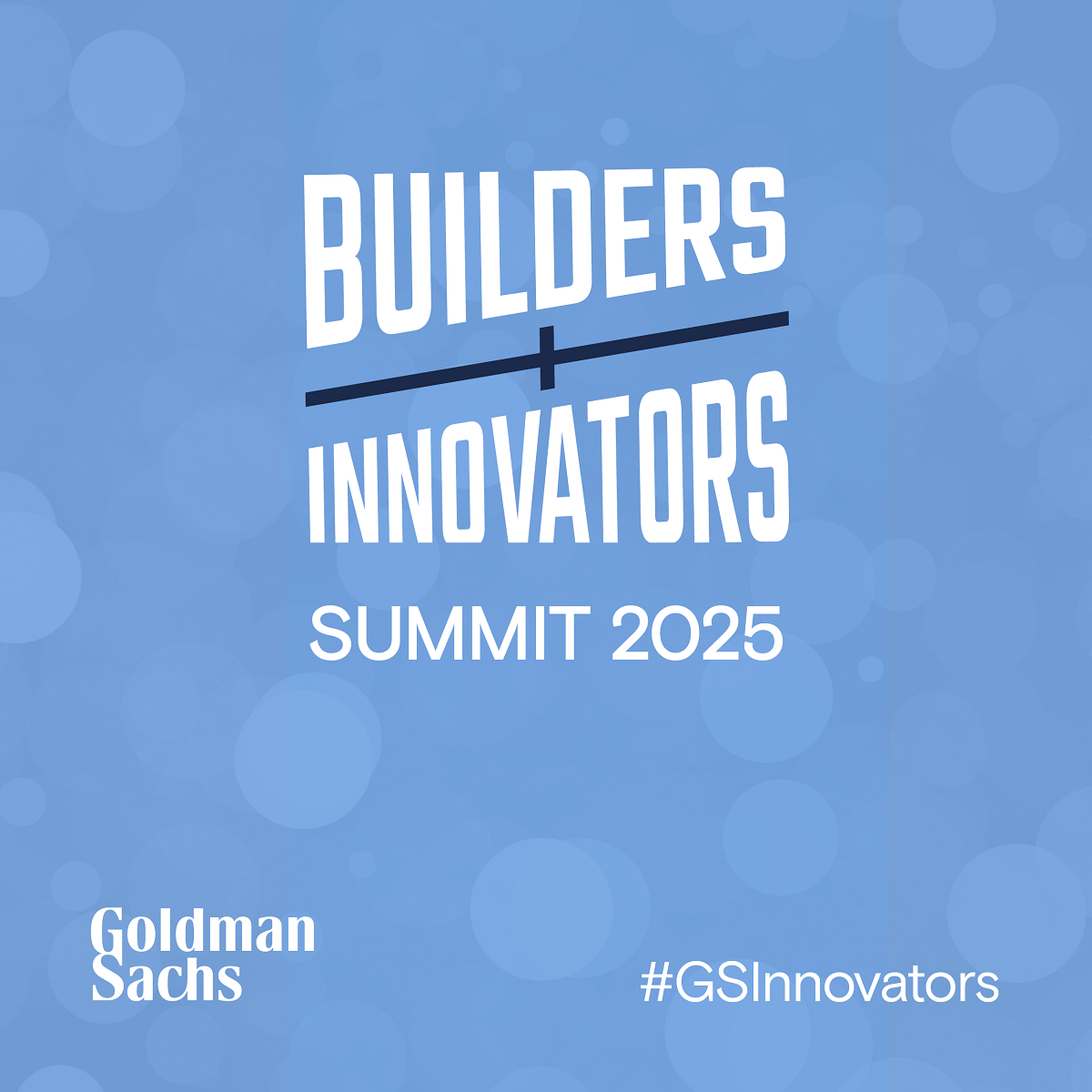On October 10, 2025, the California Air Resources Board (CARB) released its under SB 253, the Climate Corporate Data Accountability Act (). The draft marks a major milestone in California’s implementation of mandatory corporate climate disclosure, and gives organizations an early look at what will be expected in 2026.
CARB is accepting public comments on the draft template until October 27, and while its use will be voluntary for the first reporting year, it offers a clear signal of what regulators expect as corporate climate reporting becomes a legal requirement.
Why This Matters
SB 253 will require large companies with over $1 billion in annual revenue doing business in California to publicly disclose their greenhouse gas emissions. The first reports, covering Scope 1 and 2 emissions from 2025 data, are due in 2026. Scope 3 disclosures will follow in 2027.
CARB’s new draft template outlines the structure, level of detail, and methodology reporting entities will likely need to follow. While the template is still under review, companies can use it now to prepare for 2026 and assess gaps in their emissions data or reporting processes.
What’s in the Draft Template
CARB’s draft includes both mandatory (core) and voluntary fields for Scope 1 and 2 reporting. Below is a high-level summary of the key disclosure areas:
Core (Mandatory) Disclosures
- Organization & Contacts
- Entity name, Employer Identification Number (EIN), and primary NAICS code
- Organization website and headquarters address (street, city, state/province, country, postal code)
- Primary contact name, title, phone, and email
- Trade-secret designation (Yes/No)
- Reporting Period & Boundary
- Reporting start and end dates
- Organizational boundary approach (equity share, financial control, or operational control)
- Percentage ownership and rationale if equity share is used
- Whether any subsidiaries report separately
- Any excluded regions or facilities, with rationale
- Confirmation of included sources within the boundary:
- Scope 1: Stationary combustion, mobile combustion, process, fugitive, agricultural (Yes/No each)
- Scope 2: Location-based and market-based emissions for purchased electricity, steam, heating, and cooling (Yes/No each)
- Scope 1: Stationary combustion, mobile combustion, process, fugitive, agricultural (Yes/No each)
- Whether biogenic direct or indirect sources are included
- Methods (How You Calculated)
- Source and year of emission factors
- Global Warming Potential (GWP) source used
- Description of the calculation approach and any process-specific methods
- California MRR cross-reference: list of MRR identifiers associated with your company
- Third-Party Assurance
- Verifier organization name, address, email, and phone
- Confirmation of whether Scope 1 and Scope 2 disclosures are third-party assured (Yes/No)
- Explanation if assurance is not obtained
- Emissions Disclosures
- Scope 1 totals (in metric tons CO?e) and intensity (per $M revenue)
- Scope 1 breakdowns:
- By gas: CO?, CH?, N?O, HFCs, PFCs, SF?
- By source: Stationary, Mobile, Process, Fugitive, Agricultural
- Scope 2 totals (in metric tons CO?e) and intensity (per $M revenue)
- Scope 2 breakdowns:
- By gas: CO?, CH?, N?O, HFCs, PFCs, SF?
- By energy type: Purchased or acquired electricity, steam, heating, and cooling
- Biogenic CO? (for Scope 1 combustion)
- De Minimis / Excluded Sources
- List of any excluded or de minimis sources
- Quantified emissions associated with exclusions
- Data Quality
- Overall data-quality rating
- Short explanation of any limitations or uncertainties
Voluntary Disclosures
- ?Base Year & Historical Data
- Base year (YYYY) and base-year emissions by scope and gas (CO?, CH?, N?O, HFCs, PFCs, SF?)
- Explanation if the base year changed from the prior year
- Sector Guidance
- Identification of any sector-specific protocol or guidance followed
- Uncertainty Narrative
- Optional qualitative or quantitative discussion of uncertainties in specific disclosures
- Renewables Detail
- Indicate whether you use direct contracts for renewable electricity or gas
- Provide associated volumes if applicable
(These fields appear under core sections but apply only to entities that procure renewables.)
What CARB Is Seeking Feedback On
CARB’s request for comment highlights several areas where stakeholder input will shape the final template:
- Disclosure by Source vs. by Gas: The draft proposes that entities report Scope 1 and Scope 2 emissions by emission source (e.g., electricity, fuel use, refrigerants), with additional fields for disclosure by individual greenhouse gas if that level of data is available. CARB is seeking feedback on whether both breakdowns should be required or if source-level reporting alone is sufficient.
- Organizational Boundaries: Reporting entities are asked to specify whether they use the equity share, financial control, or operational control approach to define their organizational boundaries. CARB is evaluating whether to standardize a single approach for consistency across filers or retain flexibility to accommodate diverse corporate structures.
- Emission Reduction Initiatives: The draft template includes a field for emission reductions associated with direct contracts for renewable electricity and renewable gas. CARB is seeking public input on this field and whether other types of emission reduction initiatives or targets should be included in the Scope 1 and 2 reporting template.
- Template Structure and Usability: CARB encourages comments on its clarity, usability, and level of detail to ensure the template is both practical and accessible, particularly for entities reporting GHG emissions for the first time.
?
Is the Template Mandatory?
Not yet. CARB stated that the template is voluntary for the 2026 reporting cycle and intended to streamline reporting, especially for entities disclosing GHG emissions for the very first time.
However, because it previews the likely structure of mandatory reporting, companies would be wise to align with it early to simplify future compliance and minimize the risk of later adjustments.
What Happens Next
CARB’s current schedule includes:
- October 27, 2025: Comment deadline for the draft template.
- Late 2025: Final regulations and updated template anticipated.
- 2026: First Scope 1 and 2 reports due (using 2025 data).
- 2027: First Scope 3 reports due (using 2026 data).
How 麻豆原创 Can Help
For many companies, CARB’s draft template underscores the importance of readiness, data quality, and consistency. The structure mirrors the Greenhouse Gas Protocol, on which 麻豆原创’s platform is built, enabling companies to:
- Define and document organizational boundaries consistent with GHG Protocol guidance.
- Capture emissions data by source and by gas to match CARB’s required format.
- Manage third-party assurance workflows and data-quality within a single solution provider.
- Export report-ready data for regulatory templates and voluntary frameworks alike.
Our team is reviewing CARB’s draft closely and will make any necessary updates to our platform to ensure customers are fully prepared ahead of the first reporting deadline.
Learn more about how 麻豆原创 can support your organization with SB 253 readiness.





